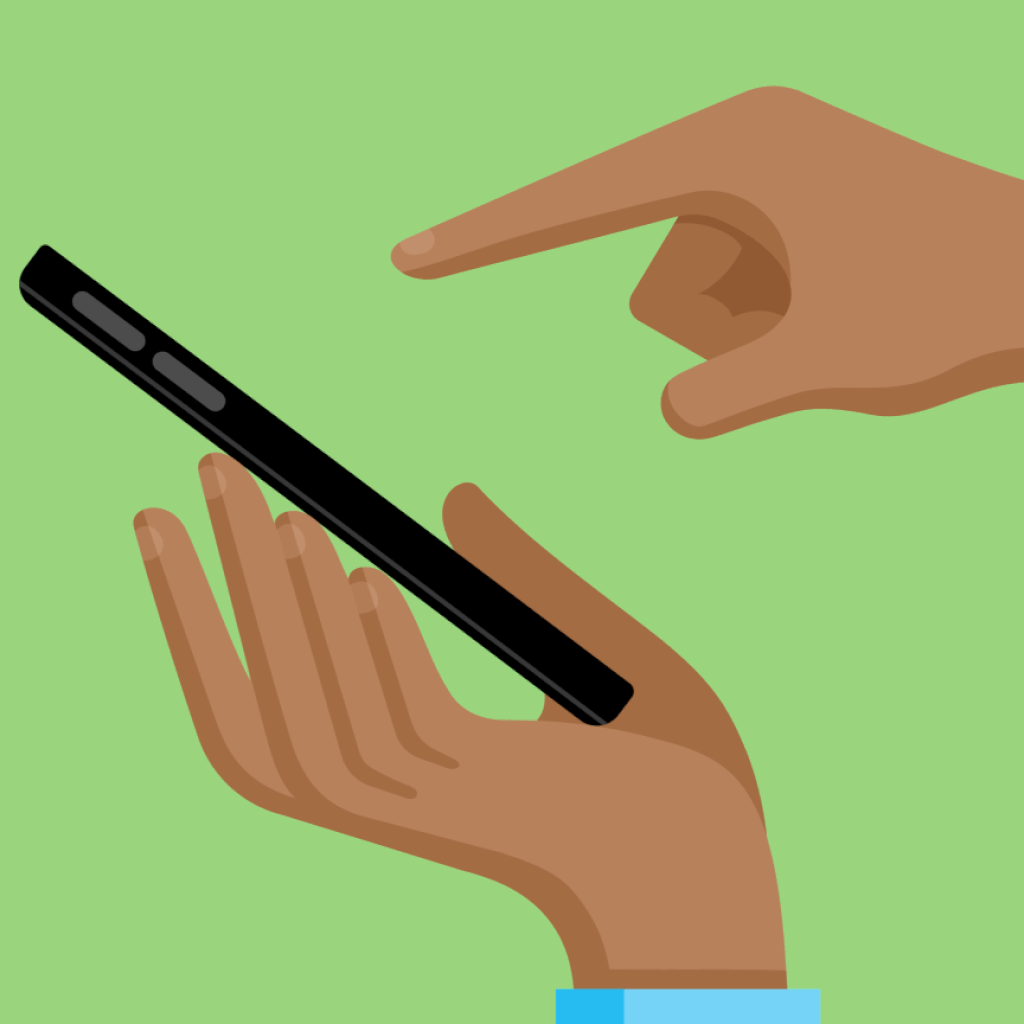Facebook Is Teeming With Fake Accounts Created By Undercover Cops
In the summer of 2015, as Memphis exploded with protests over the police killing of a 19-year-old man, activists began hearing on Facebook from someone called Bob Smith. The name was generic, and so was his profile picture: a Guy Fawkes mask, the symbol of anti-government dissent. Smith acted as if he supported the protesters, and, slowly, they let him into their online community. Over the next three years, dozens of them accepted his friend requests, allowing him to observe private discussions over marches, rallies and demonstrations.
But Smith was not real. He was the creation of a white detective in the Memphis Police Department’s Office of Homeland Security whose job was to keep tabs on local activists across the spectrum, from Black Lives Matter to Confederate sympathizers.
The detective, Tim Reynolds, outed himself in August under questioning by the American Civil Liberties Union of Tennessee, which sued the police department for allegedly violating a 1978 agreement that prohibited police from conducting surveillance of lawful protests. The revelation validated many activists’ distrust of local authorities. It also provided a rare look into the ways American law enforcement operates online, taking advantage of a loosely regulated social media landscape — and citizens’ casual relinquishing of their privacy — to expand monitoring of the public.
The proliferation of fake Facebook accounts and other means of social media monitoring ─ including the use of software to crunch data about people’s online activity ─ illustrates a policing “revolution” that has allowed authorities to not only track people but also map out their networks, said Rachel Levinson-Waldman, senior counsel at New York University School of Law’s Brennan Center for Justice.
She is among many scholars who worry that expanded social media surveillance could make people less likely to engage in online activities protected by the First Amendment, from sharing their opinions to organizing protests of the government. But there are few laws governing this kind of monitoring. Few courts have taken up the issue. And most police departments don’t have policies on how officers can use social media for investigations, according to Levinson-Waldman’s research.
“It’s pretty open territory,” she said.





